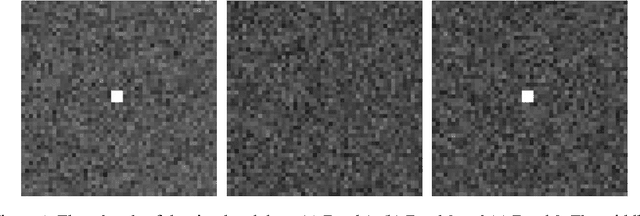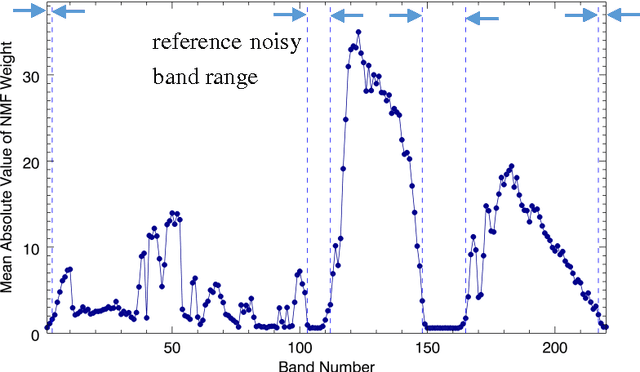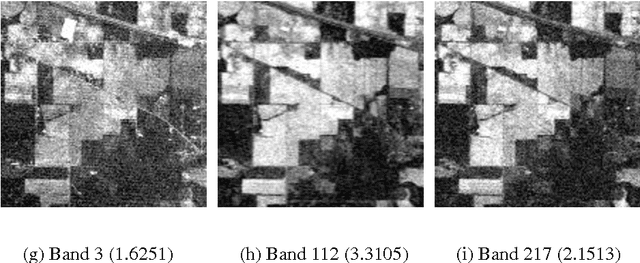An automatic bad band preremoval algorithm for hyperspectral imagery
Paper and Code
Oct 19, 2016



For most hyperspectral remote sensing applications, removing bad bands, such as water absorption bands, is a required preprocessing step. Currently, the commonly applied method is by visual inspection, which is very time-consuming and it is easy to overlook some noisy bands. In this study, we find an inherent connection between target detection algorithms and the corrupted band removal. As an example, for the matched filter (MF), which is the most widely used target detection method for hyperspectral data, we present an automatic MF-based algorithm for bad band identification. The MF detector is a filter vector, and the resulting filter output is the sum of all bands weighted by the MF coefficients. Therefore, we can identify bad bands only by using the MF filter vector itself, the absolute value of whose entry accounts for the importance of each band for the target detection. For a specific target of interest, the bands with small MF weights correspond to the noisy or bad ones. Based on this fact, we develop an automatic bad band preremoval algorithm by utilizing the average absolute value of MF weights for multiple targets within a scene. Experiments with three well known hyperspectral datasets show that our method can always identify the water absorption and other low signal-to-noise (SNR) bands that are usually chosen as bad bands manually.
 Add to Chrome
Add to Chrome Add to Firefox
Add to Firefox Add to Edge
Add to Edge